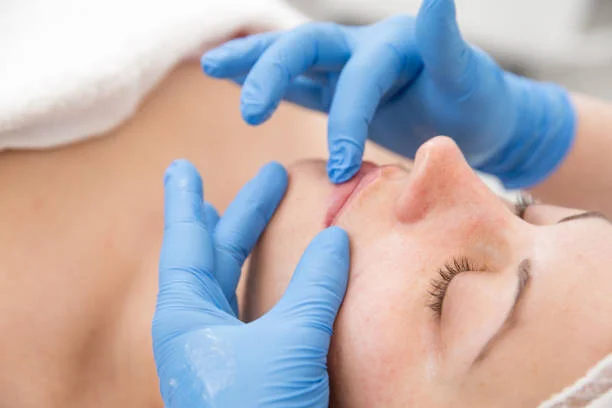Side Effects of Petroleum Jelly
Petroleum jelly side effects yes or no ? (also known as petrolatum or Vaseline) is commonly used for skin care, healing minor wounds, and moisturizing. While it is generally safe for most people, there are some potential side effects and concerns to be aware of:
1. Skin Irritation side effect of petroleum jelly
- Risk: Although petroleum jelly is generally safe, some people with sensitive skin may experience irritation or allergic reactions.
- Symptoms: Redness, itching, or a rash may develop, especially if used on broken or irritated skin.
2. Acne Breakouts
- Risk: Petroleum jelly can clog pores, leading to the development of acne, particularly for those with oily or acne-prone skin.
- Symptoms: Pimples, blackheads, or cystic acne may form if applied to the face or areas prone to breakouts.
3. Breathing Problems (If Inhaled)
- Risk: If petroleum jelly is accidentally inhaled (such as in aerosolized form or excessive use near the nose), it can lead to breathing issues.
- Symptoms: Respiratory distress, coughing, or difficulty breathing.
4. Contact Dermatitis
- Risk: Prolonged use of petroleum jelly on sensitive skin can sometimes cause a condition known as contact dermatitis.
- Symptoms: Redness, swelling, and itching at the application site.
5. Not Recommended for Use in Certain Wounds
- Risk: Petroleum jelly can trap bacteria in open or infected wounds, slowing the healing process and possibly leading to infection.
- Symptoms: Prolonged infection or delayed healing of cuts and abrasions.
6. Toxicity (Ingested or Contaminated)
- Risk: If petroleum jelly is ingested or contaminated with other substances, it may cause digestive issues or toxicity, especially if it contains impurities (although purified forms are generally safe).
- Symptoms: Nausea, vomiting, or diarrhea if ingested in large amounts.
7. Staining of Clothing side effect of petroleum jelly
- Risk: Petroleum jelly is greasy and can stain clothes, bedding, and fabrics.
- Symptoms: Difficulty in removing stains from fabrics.
8. Exacerbation of Certain Skin Conditions
- Risk: People with conditions like eczema or psoriasis may find that petroleum jelly worsens their symptoms due to its occlusive nature.
- Symptoms: Increased irritation or flare-ups in some skin conditions.
Conclusion of side effect of petroleum jelly
While petroleum jelly is generally safe when used appropriately, it’s important to be mindful of its potential side effects, especially for those with sensitive or acne-prone skin. Always patch-test a small amount on your skin before widespread use, and consult a healthcare professional if you have concerns or experience adverse reactions.
Several long term side effects of petroleum jelly is cleared
No doubt it has plenty of healing and moisturizing properties and it also makes the skin feel smooth and soft. But the fact is that the smoothness and softness that we feel is actually the layer of petroleum jelly that we keep on adding over the skin. It protects the skin but also restricts the pores of the skin from letting out toxins and sweat.
This makes the secretion of all the toxins and unwanted substances to form a layer under the actual layer of petroleum jelly. The whole process results into several skin disorders, and leads to the development of dandruff, acne, dryness of the skin and hair, and skin irritation.
It is, hence, strictly advised to use petroleum jelly for only external purposes, as on negligence there can be several side effects of petroleum jelly such as irritation of nose, skin, and eyes.
Another property observed is its ability to increase the absorption of substances into the skin. Due to this, petroleum jelly is often applied on topical medications, to allow faster uptake and healing. However, in case the jelly is contaminated, the skin absorbs those contaminants as well, leading to various health disorders.
These ingredients are also found in various other cosmetic products available in the market, including lipsticks and baby lotions. It is strictly advised to not consume the petroleum jelly. Due to its constant use, many consumers observe various side effects. To avoid the same, its use in cosmetics is banned in many nations, including the EU.
It is important to remember the fact that it is the wrong method of preparation that exposes us to all these side effects. Just being aware about the dangers is not enough, as one also has to be more cautious before buying any brand of petroleum jelly. There are several easy things that we, as consumers can do. The most important of them all is examining and observing the product as well as its list of ingredients, before actually buying it.
Checking whether the beauty products, baby products, and hair care products that we are using are made using natural oils and substances is the first step that needs to be taken.


